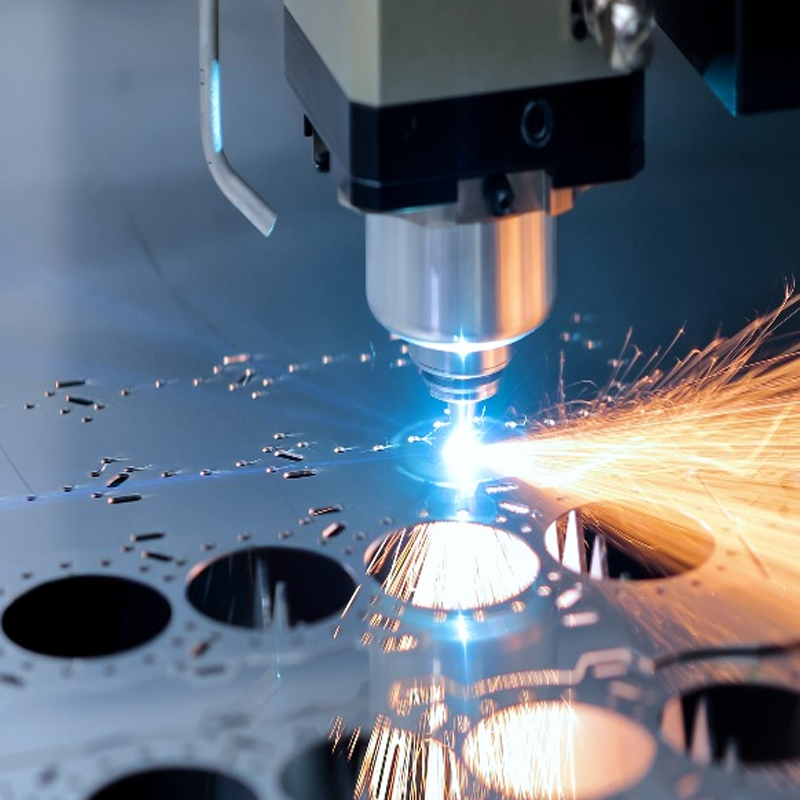At Flykeyboard, we specialize in delivering precision-engineered components that push the boundaries of what’s possible with CNC machining. Our experienced team is dedicated to providing efficient, cost-effective solutions for complex part designs, ensuring each project is executed with utmost attention to detail and quality. Whether you’re designing intricate aerospace components, medical devices, or custom machinery, understanding key CNC machining principles is crucial for success. By optimizing your design for manufacturing (DFM), you can streamline production, reduce costs, and meet the highest quality standards.
As CNC machine tools evolve, the capabilities of modern machines continue to expand. Innovations like live-tool lathes enable milling operations such as drilling off-axis holes or milling complex shapes, eliminating the need for multiple setups. Similarly, machining centers with indexing heads support 3+2 machining, allowing manufacturers to complete multiple sides of a part in a single operation. This increased efficiency is excellent news for designers and engineers, as it not only enhances the production of highly intricate parts but also improves quality, reduces lead times, and cuts costs.
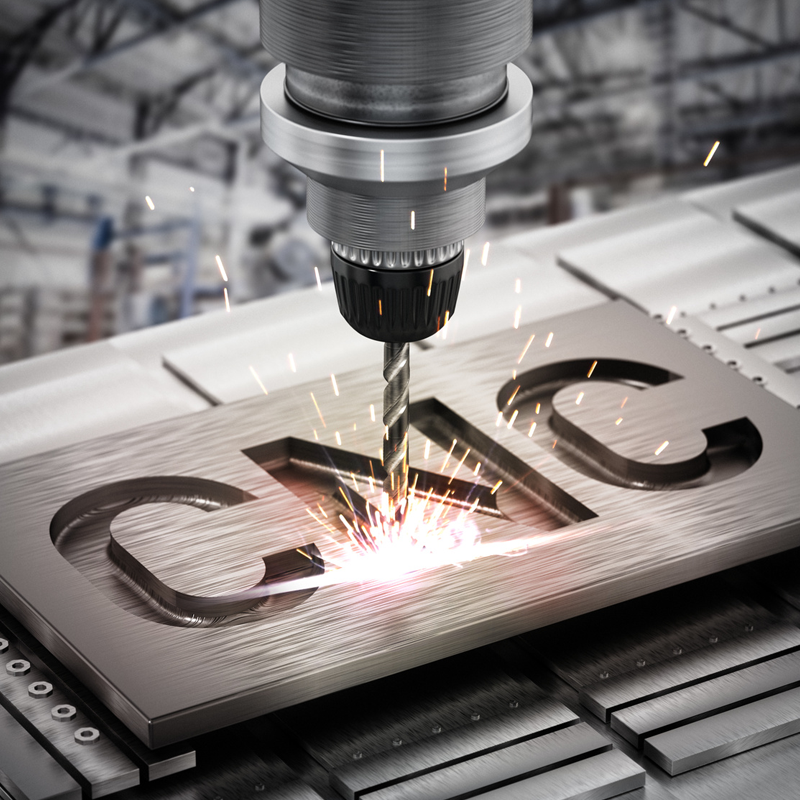
However, producing complex parts on CNC machines requires adhering to certain design rules to avoid costly mistakes and production delays. These guidelines ensure that parts are not only manufacturable but also structurally sound, efficient to produce, and capable of meeting customer requirements. At Flykeyboard, we have the expertise to help you navigate these complexities and optimize your designs to make the most of our CNC machining capabilities. Below, we outline five essential tips every designer should consider when creating complex CNC machined parts:
1. Hole Placement: Precision Is Key
Accurate hole placement is vital for CNC machining, as improperly positioned holes can compromise part functionality or lead to issues during assembly. At Flykeyboard, our CNC lathes can handle holes as small as 0.04 inches (1mm) in diameter on-axis, with a maximum depth of six times the hole diameter. Radial holes (those drilled from the side) should have a minimum diameter of 0.08 inches (2mm) to ensure proper tool access and avoid any machining difficulties. When designing through-holes, it’s essential to ensure that the tool can reach the hole depth based on the material and part size. In some cases, we may need to machine from both sides to accommodate deep holes, and checking your design analysis for potential constraints is always recommended.
2. Milling Deep Features: Avoid Overcomplication
When designing features like deep grooves, slots, or ribs, it’s crucial to account for machining limitations. At Flykeyboard, we recommend that external grooves on turned parts should not exceed 0.95 inches (24.1mm) in depth. For milled features, the depth should generally be no more than six times the width of the feature to ensure structural integrity and maintain tooling efficiency. Additionally, leaving at least 0.020 inches (0.5mm) of wall thickness on adjacent parts ensures that the material doesn’t compromise during machining. Remember, large flats or other milled surfaces will depend on the part geometry, so it’s vital to carefully plan features to avoid overcomplicating the machining process.
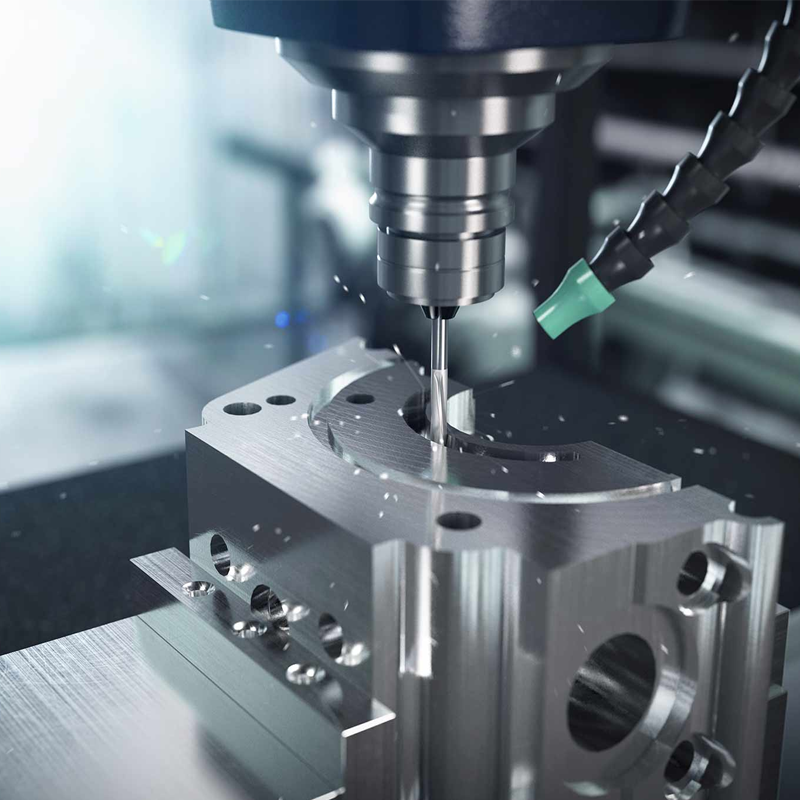
3. Threading and Inserts: Strength and Durability
Threading is a critical feature for many machined parts, but it’s essential to understand the limitations of threading on CNC machines. Flykeyboard’s turning and milling centers can thread from sizes as small as #4-40 (M3 x 0.5) to as large as 1/2-20 (M10 x 1.25), depending on the machine and feature placement. It’s essential to follow proper threading guidelines to avoid inaccuracies that can affect the assembly or function of the final part. If your design involves softer materials, like aluminum or plastics, we recommend using coil or key inserts. These inserts provide better durability than bare threads and extend the life of your parts. Additionally, when designing threads, ensure you model them correctly, considering internal versus external threads and the differences between milled and turned threads.
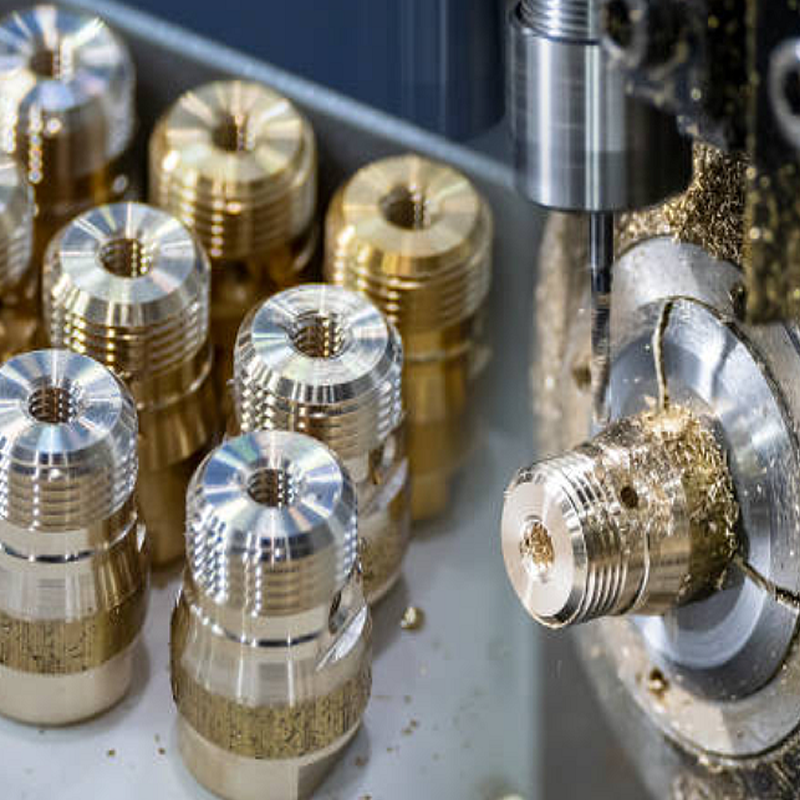
4. Text and Markings: Keep It Simple
In the world of precision machining, recessed text or engraved logos are often required for aerospace or medical components. While engraving text might be necessary for certain parts, it’s important to note that this is one of the most time-consuming machining operations and can significantly increase production costs. At Flykeyboard, we recommend opting for electrochemical etching or laser marking, as these methods are quicker and more cost-efficient for high-volume production. If engraving is necessary, we advise keeping text concise and using simple fonts like Arial Rounded MT in sizes appropriate for your material. For soft metals and plastics, we suggest using 14-point, 0.3mm deep engraving, while for harder materials, 22-point font is more suitable.
5. Part Radii: Design with Tolerances in Mind
When designing parts for CNC machining, it’s crucial to avoid sharp internal corners, as these can cause issues with tool access and part strength. At Flykeyboard, we use turning tools with a 0.016 inches (0.032mm) nose radius, which means any mating parts should account for this radius. Milling cutters typically have a radius of 0.040 inches (1mm), so any pockets in your design will feature internal corner radii that are slightly larger than the tool radius. For best results, we recommend designing internal corners with as large a radius as possible or relieving the corners to facilitate smoother machining and improve part durability. Keep in mind that machining small radii can be time-consuming and limits the depth of pockets, so plan accordingly to ensure efficiency.
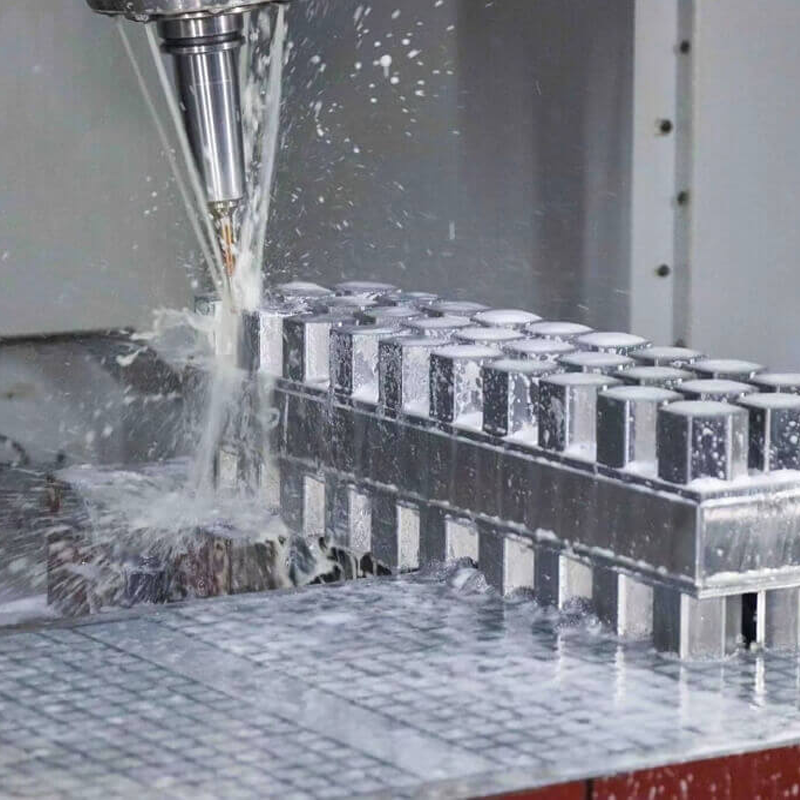
Conclusion:
At Flykeyboard, we understand the challenges that come with designing complex parts for CNC machining. Our team of experts is here to help you navigate these complexities and ensure your designs are optimized for manufacturing success. By following the best practices outlined above, you can avoid costly mistakes, streamline production, and achieve the highest quality results. Whether you need advice on hole placement, deep features, threading, or radii, we are here to provide the guidance you need. Don’t hesitate to reach out to us with any questions or concerns — our team is ready to assist you in turning your complex designs into reality.
We invite you to contact us directly at Flykeyboard for more information on how we can support your next project. With our advanced machining capabilities, experienced team, and commitment to quality, we’re confident we can help bring your vision to life.

